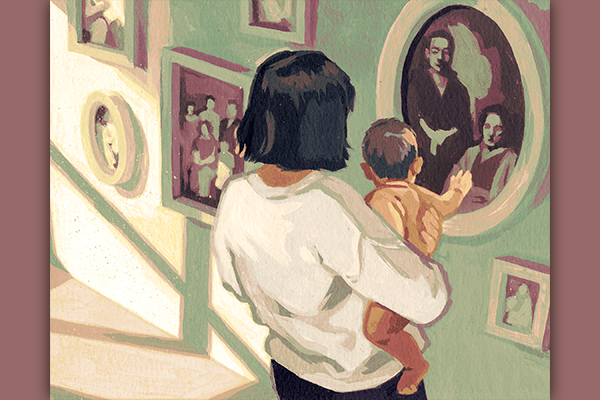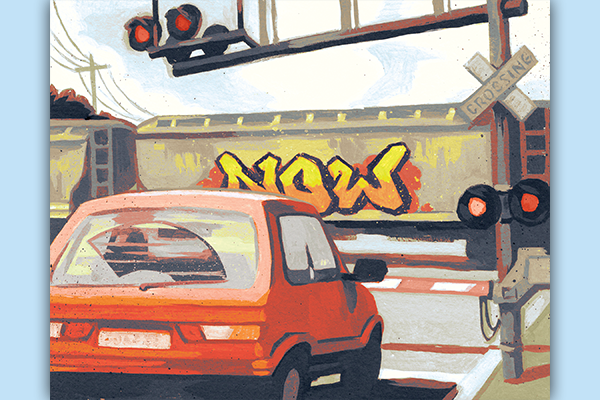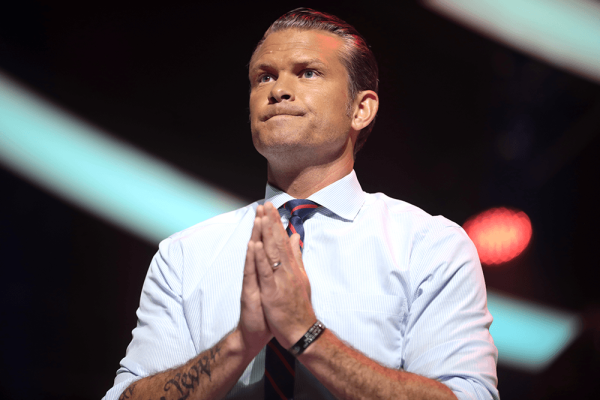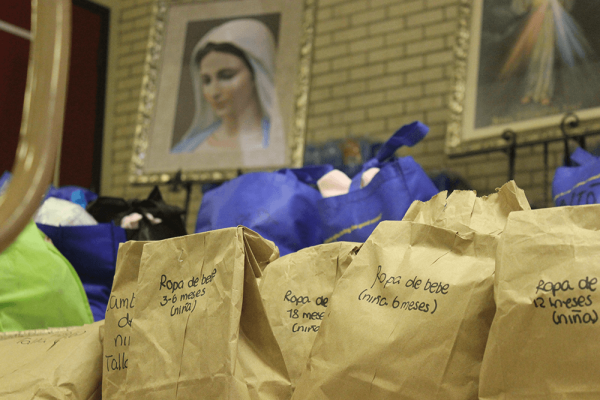I was about thirty when I first felt drawn to the contemplative life. Inspired by reading Thomas Merton, the Trappist monk, I had visions of joining a monastic community. I thought the Abbey of Gethsemani, where Merton spent half his life, would be just right.
Unfortunately, there were several major obstacles between monkhood and me. I was married, the father of three children; had a job on which my family depended; and was considerably more Quaker than Catholic. So instead of applying to become a novice at Gethsemani, I ordered one of the abbey’s famous fruitcakes, which are soaked and aged in fine Kentucky bourbon.
Fortified with fruitcake, I went in search of some way to live as a contemplative amid the world’s madness. Over the next few years, I read about the mystical stream that runs through all of the world’s wisdom traditions, and experimented with several popular contemplative practices. But, with the exception of the Quaker meeting for worship, I couldn’t find a practice compatible with my temperament, religious inclinations, and life situation.
Necessity being the mother of invention, it struck me that contemplation didn’t depend on a particular practice. All forms of contemplation share the same goal: to help us see through the deceptions of self and world in order to get in touch with what Howard Thurman called “the sound of the genuine” within us and around us. Contemplation does not need to be defined in terms of particular practices, such as meditation, yoga, or lectio divina. Instead, it can be defined by its function: contemplation is any way one has of penetrating illusion and touching reality.
That definition opened my eyes to myriad ways I might lead a contemplative life — as long as I keep trying to turn experience into insight. For example, facing into failure can help vaporize the illusions that keep me from seeing reality. When I succeed at something, I don’t spend much time wondering what I might learn from it. Instead, I congratulate myself on how clever I am, fortifying one of my favorite illusions in the process.
But when failure bursts my ego-balloon, I spend long hours trying to understand what went wrong, often learning that the “what” is within me. Failure gives me a chance to touch hard truths about myself and my relation to the world that I evade when I’m basking in the glow of success and the illusions it breeds. Failure is one of the many forms contemplation can take.
I envy people who have whatever it takes to practice classic contemplative disciplines day in and day out — practices that help them get beyond the smoke and mirrors and see the truth about themselves and the world. I call these people “contemplatives by intention,” and some I’ve known seem to be able to get ahead of the train wreck. But I’m not a member of that blessed band.
I’m a “contemplative by catastrophe.” My wake-up calls generally come after the wreck has happened and I’m trying to dig my way out of the debris. I do not recommend this path as a conscious choice. But if you, dear reader, have a story similar to mine, I come as the bearer of glad tidings. Catastrophe, too, can be a contemplative path, pitched and perilous as it may be.
I’m still on that path, and daily I stay alert for the disillusionment that will reveal the next thing I need to know about myself and/or the world. Whatever it is, I’ll try to work my way through it until a hopeful reality is revealed on the other side. Regret can be turned into blessing. Criticism can refocus our work or strengthen our resolve. When we feel certain that the human soul can no longer be seen in the world, it’s time to make sure that ours is visible to someone, somewhere.
Those are some of the fruits that can come from being a contemplative by catastrophe. And never forget that a few slices of bourbon-soaked Trappist fruitcake can help contemplation along.
This is an excerpt from the book On the Brink of Everything: Grace, Gravity, and Getting Old.
Got something to say about what you're reading? We value your feedback!






